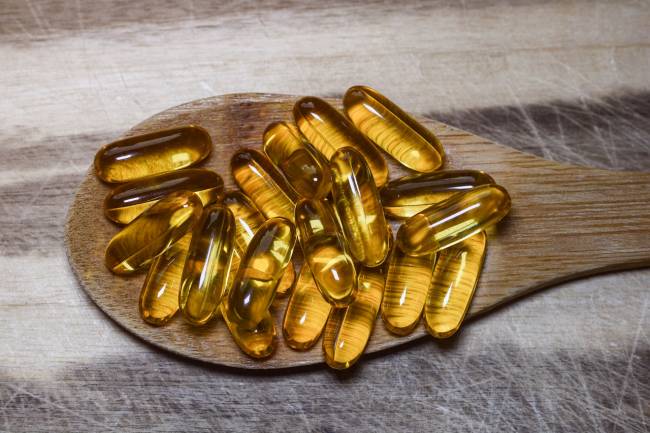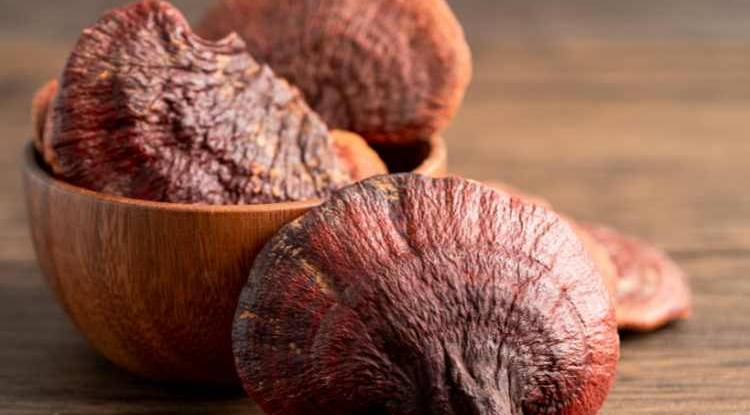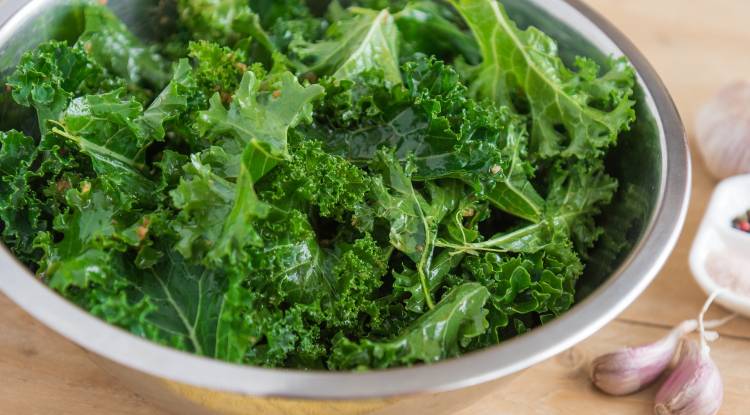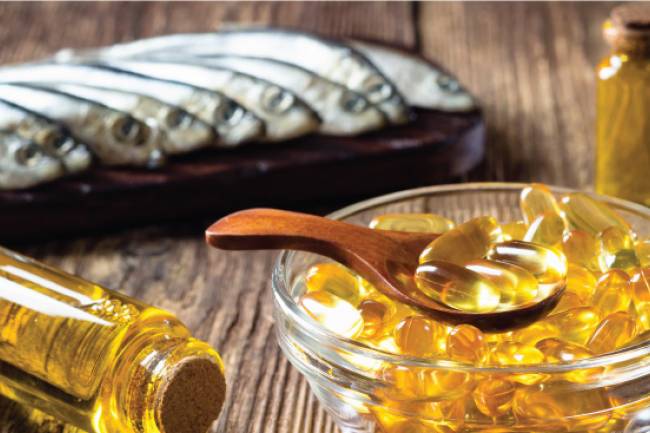The Health Benefits of Sage

It is thought that 70% of women will experience symptoms related to hormonal changes around the menopause. Some of the most common symptoms are hot flushes, night sweats, sleep disturbances, mood swings, anxiety, difficulties concentrating, reduced libido and vaginal dryness. These symptoms, which often impact day-to-day life quite significantly, can begin months or years before periods stop and can last for years after.
For many women, HRT (hormone replacement therapy) either isn’t possible or is not an attractive option. Instead, many women utilise the power of natural remedies to keep their symptoms under control. Popular options include black cohosh, soy isoflavones, red clover and evening primrose oil, however another botanical that is proving very popular is sage. Many women swear by this humble herb, but what does the science say?
Sage for the Menopause
Despite being mostly used as a culinary ingredient, sage has actually been researched for its role in menopause symptom relief.
The first study in this area was conducted in Switzerland and published in 2011. It recruited 71 women who were experiencing at least 5 hot flushes a day and provided them with a daily supply of sage tablets for 8 weeks. Before they started taking the tablets and after the 8 week study period, the women completed the Menopause Rating Scale to note their symptoms. They also recorded the number of hot flushes they experienced daily.
It was found that the sage tablets led to significant reductions in hot flush episodes every week from the start of the study until the end. Furthermore, mild, moderate, severe and very severe flushes decreased by 46%, 62%, 79% and 100% respectively. The women also saw significant improvements on the Menopause Rating Scale, showing that sage is beneficial for symptoms other than hot flushes too.
As this trial was an ‘open label’ study, the women knew they were taking a sage supplement and there was also no control (placebo) group to compare the results to. Because of this, the results could be questioned but nevertheless this study stimulated interest and encouraged further, more rigorous investigation.
A subsequent study published in 2019 provided some complementary findings. 30 menopausal women were recruited and randomly assigned to either a sage group or a placebo group. Before the study and after 4 weeks of supplementation the women recorded their symptoms so the researchers could compare the results. After just 4 weeks, it was found that the women taking the sage supplements saw significant reductions in hot flushes, night sweats, panic and fatigue, while also noting improvements to concentration. There were no noticeable changes in other criteria like heart rate, mood, headaches and libido.
There have been studies that have shown that sage can actually improve symptoms such as mood and libido though. The most recently published study on sage which was a randomised, double-blind, placebo controlled trial, found that 300mg of sage extract daily for 3 months led to noticeable benefits to hot flushes, night sweats, palpitations, sleep disturbances, muscle/joint pain, depression, anxiety, nervousness, sexual desire and satisfaction during sex.
It is likely that these results were more positive than the previous study for two key reasons. Firstly, this latest study had a higher number of participants (66 vs 30) and this improves the studies ability to detect meaningful changes. The second reason is due to the lengths of the study. The most recent study was 3 months long whereas the previous investigated only lasted 4 weeks. It is feasible that 4 weeks of sage supplementation leads to some improvements, but longer is needed to see the full extent of its benefits.
Although sage has been used by women for years to control their symptoms, the research that has validated this traditional use is fairly recent. Due to this, scientists are not 100% certain how sage works in the body. That being said, there have been some potential mechanisms that have been elucidated. The most likely reason why sage is beneficial to menopausal women is because of its phytoestrogen content. Phytoestrogens are plant compounds that are a very similar shape and make-up to human oestrogen. Because of their similarities, they are thought to influence hormone receptors in the body, but to a much weaker degree than oestrogen itself. Nevertheless, it is enough to cause an improvement in the symptoms which are fundamentally caused by a lack of natural oestrogen.
Other Health Benefits
Despite being mostly associated with menopausal women, sage has been shown to be of benefit to others too.
Looking firstly at younger women, sage extract capsules have been shown to be beneficial for those with premenstrual syndrome (PMS). Symptoms such as mood swings, tiredness, bloating, breast tenderness, headaches, skin issues and changes to appetite and sex drive are typically experienced by those who suffer from it. A study in 90 college students with PMS showed that 500mg of sage leaf extract per day significantly improved a variety of physical and psychological symptoms when compared to those who were given a placebo.
Sage can also benefit metabolic health and reduce the risk of developing heart disease given that numerous studies have documented its ability to improve cholesterol profiles. One study in 67 people with high cholesterol and triglycerides showed that sage leaf extract significantly lowered total cholesterol, triglycerides, LDL and VLDL cholesterol. High levels of these markers are an indicator of poor health.
Interestingly the group supplementing with the sage extract also saw an increase in HDL cholesterol. High HDL cholesterol is known to reduce the risk of heart disease as it transports excess cholesterol back to the liver where it can be removed from the body. This is why it is frequently referred to as ‘good cholesterol’. There were also no adverse events reported, which indicates that sage is safe as well as effective.
Another study has shown that sage leaf extracts can be of benefit to those with type 2 diabetes as well. This randomised, placebo-controlled trial showed that in 100 volunteers, sage extract lowered fasting blood sugar, improved performance during an oral glucose tolerance test and decreased glycated haemoglobin.
Also known as HbA1c, glycated haemoglobin measures how much glucose is attached to red blood cells. When the body processes sugar, it naturally attaches to haemoglobin and this provides an accurate reading of how much sugar is in someone’s system. As red blood cells are active for 2-3 months, this provides doctors with an average reading over this length of time, rather than a mere snapshot such as fasting blood sugar. Because of this, HbA1c is seen as the gold standard measurement of diabetes management and keeping this under control is of primary importance. As sage can impressively lower HbA1c and has been shown to be safe alongside diabetes medication like metformin, it is certainly an option for the 8% of adults in the world that suffer with type 2 diabetes.
How Much Sage Should I Take?
Before beginning any supplement it is important to clear it with your doctor as well as ensuring you are taking a dose that will be safe and beneficial. It’s fairly well established that sage is safe, but as different research groups around the world have used various dosing strategies and even different types of sage, it is difficult to exactly pinpoint the optimum amount to take. That being said, a number of published research studies have used 500mg of sage leaf extract from the species Salvia officinalis to great effect, so this would be the best approach to supplementation based upon the current evidence.
Summary
Hopefully this article has helped you to understand why there is such an interest in sage tablets and capsules and that the research does indeed reinforce its traditional use. The majority of the research has focused on menopause symptoms but there is good research for those with high cholesterol and type 2 diabetes too. Given the prevalence of these health conditions, this indicates that sage is an ingredient that will be beneficial to a large number of people. As it is a well tolerated and cost effective natural ingredient there really isn’t a downside to adding it to your daily diet.
References:
https://link.springer.com/article/10.1007/s12325-011-0027-z
https://www.ncbi.nlm.nih.gov/pmc/articles/PMC6686654/
https://pubmed.ncbi.nlm.nih.gov/32318472/
https://www.ncbi.nlm.nih.gov/pmc/articles/PMC6686654/
https://pubmed.ncbi.nlm.nih.gov/21506190/

 Richard
Richard 

























